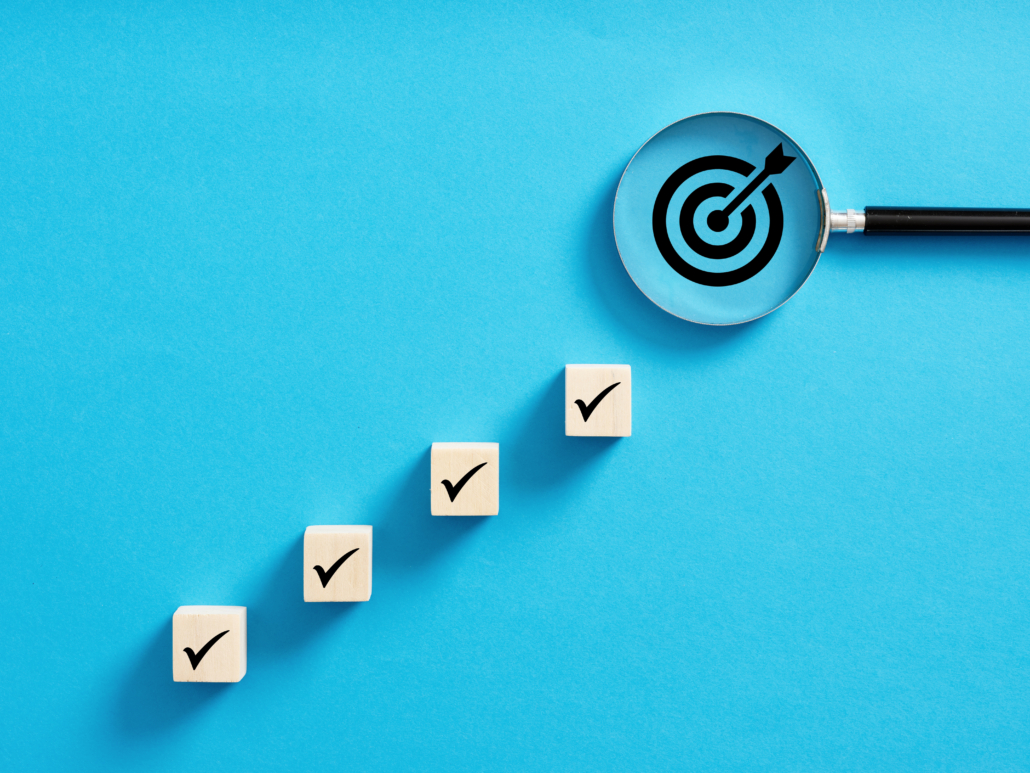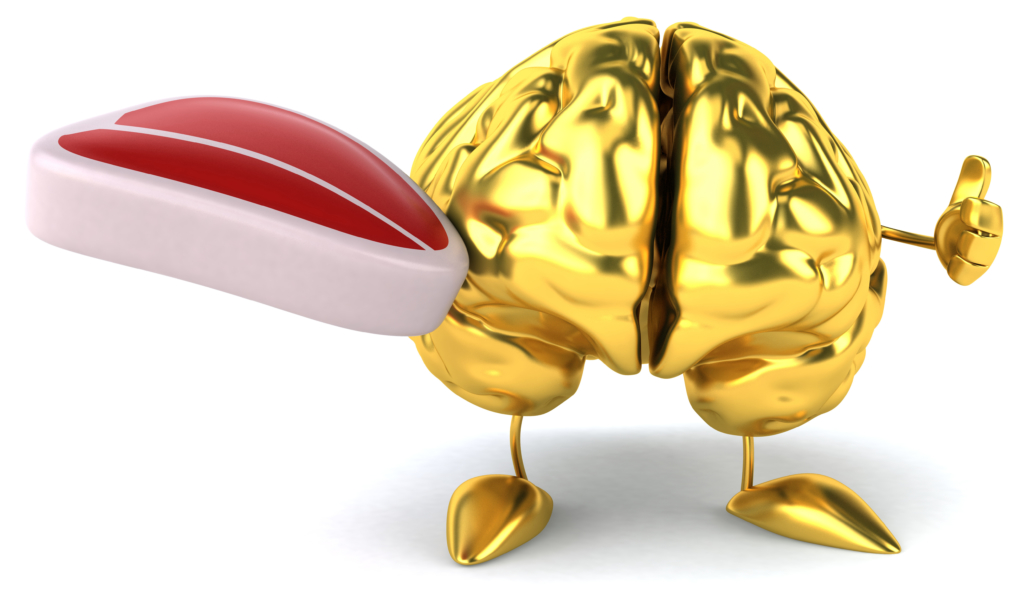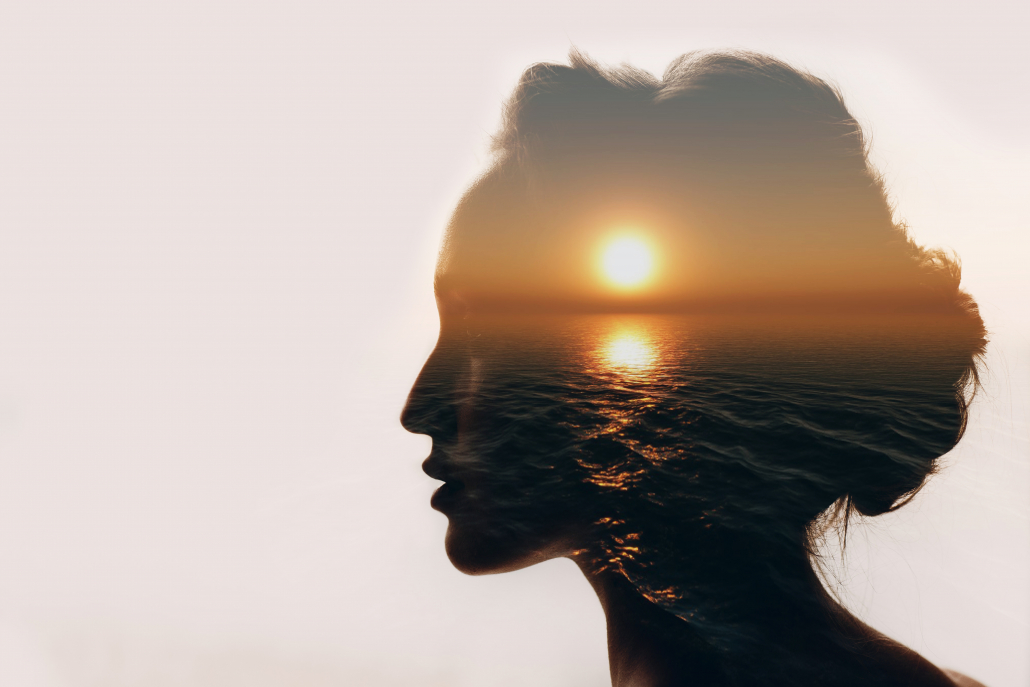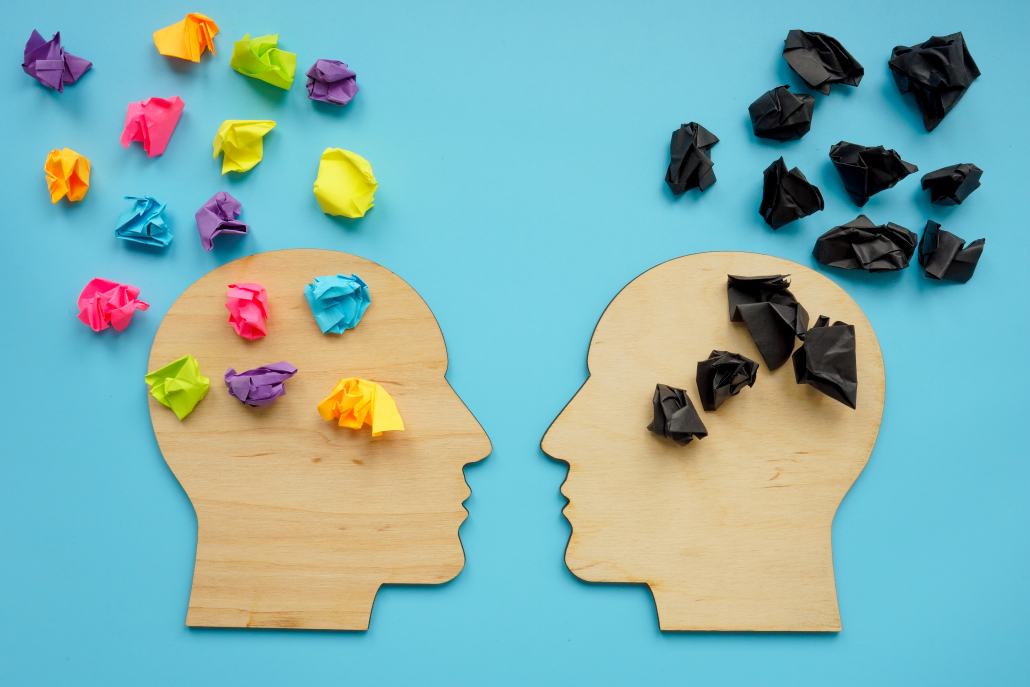We include products in articles we think are useful for our readers. If you buy products or services through links on our website, we may earn a small commission.
Flow State 101: What is Flow, and How to Get into it?
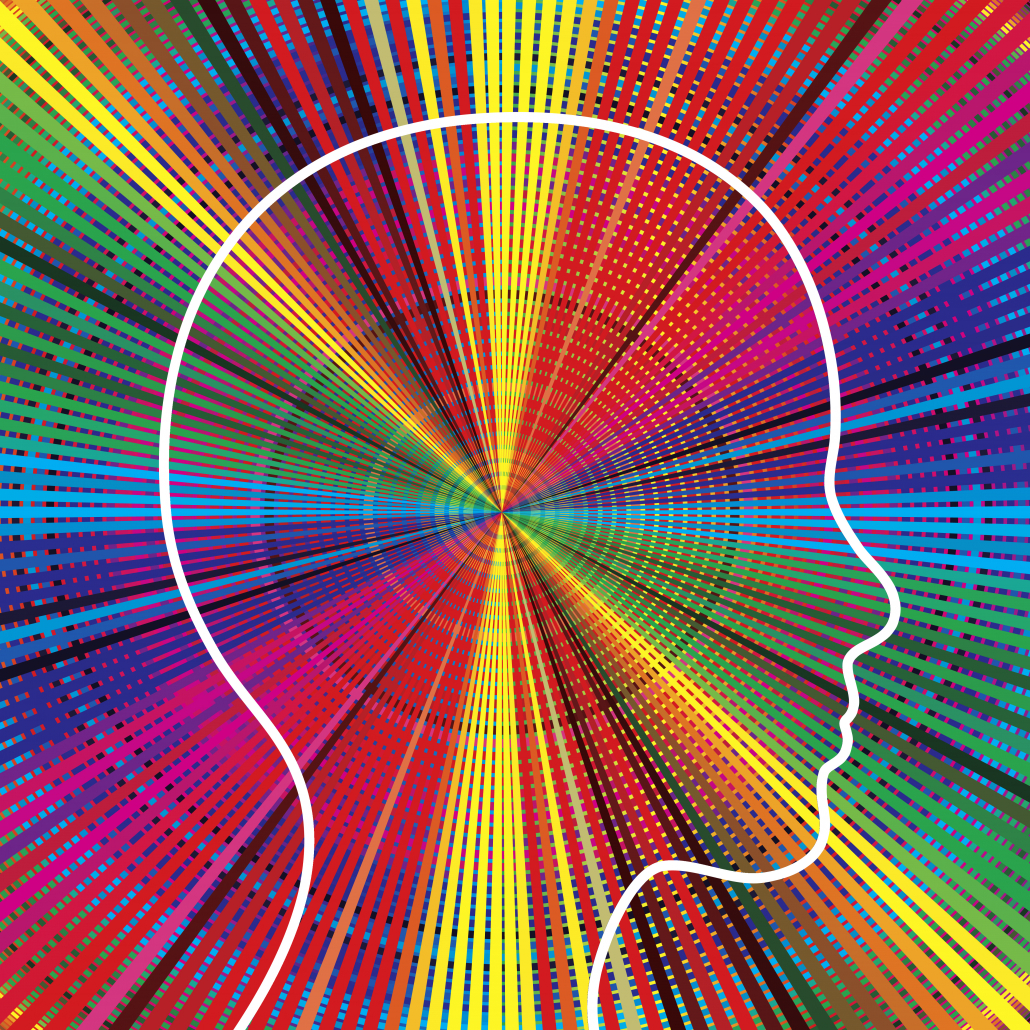
Table of Contents
A flow state can be experienced by anyone in any activity. All it takes is the right balance of interest, skill, and challenge, along with a clear and realistic goal.
To a figure skater, flow state can feel like a rush where all movement happens automatically without thinking or even trying. A poet describes it as floating effortlessly within a realm where language and the world are one. A composer describes it as losing oneself into an ecstatic state where the music writes itself across the blank music paper of the mind.
This universal experience of flow has been shown to increase happiness, enjoyment, and meaning in life.
Sounds fantastic, right? But what exactly is flow state? And are there things we can do to get into flow?
In this article we’ll explore the science of flow states, it’s measurable effects on wellbeing, and offer tips on how to get into flow.
What Is Flow State
“[Flow is] a state in which people are so involved in an activity that nothing else seems to matter; the experience is so enjoyable that people will continue to do it even at great cost, for the sheer sake of doing it” (Csikszentmihalyi, 1990, p. 4)
In 1975 the psychologist Mihaly Csikszentmihalyi coined the term ‘flow state’. And he defined flow as a state of absolute absorption within an equally enjoyable and challenging task.
But to know what flow really is, let’s look at how he discovered it.
The Discovery of Flow State
As a budding positive psychologist following World War II, Csikszentmihalyi wondered: ‘when do people feel most happy?’. Following an early life of adversity, Mihaly’s research set out to explore this question.
Csikszentmihalyi found that happiness does not depend on outside causes, such as having more material resources, but on internal resources and perception. Csikszentmihalyi found that each person’s happiness must be self-cultivated.
Csikszentmihalyi studied the rare, but universal moments that people experience mastery over a task and the deep sense of enjoyment that comes with it. He called this an optimal experience.
To study optimal performance Csikszentmihalyi interviewed athletes, musicians, and artists. He found that these optimal performers all had something in common: they entered a state in which the activity flowed out of them without much effort.
Flow vs. Habit
“Enjoyment appears at the boundary between boredom and anxiety, when the challenges are balanced with the person’s capacity to act” (Csikszentmihalyi, 1990, p. 52)
It can be easy to confuse the flow state with habitual activities used to assuage boredom. These might be the day-dreamy actions of doodling or humming. While doodling may seem like an experience of flow, it actually does little to increase positive qualities of joy.
An important difference between habitual activities and flow states is that the flow state actually works to cultivate enjoyment.
The enjoyment of a flow state is dependent upon the complexity of the activity.
Doodling may cultivate a day-dreamy experience, but it lacks the challenge, structure, and skill required to drop into a flow state.
By contrast, a coloring page can provide challenge through the structured lines of an image, requiring your hand-eye coordination to remain within the boundaries.
Activities that balance challenge and skill can yield richer and more enjoyable experiences.
Characteristics of Flow
When in a state of flow, a person enters a sweet spot between action and awareness. Their skills adequately meet the challenge and their psychic energy becomes absorbed by the activity.
“As a result, one of the most universal and distinctive features of optimal experience takes place: people become so involved in what they are doing that the activity becomes spontaneous, almost automatic; they stop being aware of themselves as separate from the actions they are performing” (Csikszentmihalyi, 1990, p. 53) [2]
Most optimal experiences happen when activities are goal-directed and contained by rules. This allows your mind to relax into steady focus on a task without feeling overwhelmed.
There are seven main characteristics involved in the process of optimal experiencing or flow states.
When Csikszentmihalyi interviewed professionals about their experience of flow, they all mentioned at least one of the seven characteristics.
The seven characteristics of flow are:
- Completability: a knowing that one’s skills are adequate to complete the task
- Absorbed concentration: there is an experience of immersive focus on the task
- Clarity: the task has clear goals, direction, or a structured intention and there is immediate feedback
- Ecstasy: the task suspends ordinary life and one enters a kind of an alternate reality
- Reward: the actions of flow are intrinsically motivating and produce feelings of reward
- Serenity: boundaries between a normal, egoic sense of self and the task merge
- Timelessness: a traditional sense of time is skewed and hours may feel like minutes
When all seven characteristics of flow occur, profound enjoyment and reward become possible despite the energy involved in a task.
Examples of Flow
When top performers were asked to describe their experience of the flow state:
- A dancer: “Your concentration is very complete. Your mind isn’t wandering, you are not thinking of something else; you are totally involved in what you are doing…Your energy is flowing very smoothly. You feel relaxed, comfortable, and energetic.”
- A rock climber: “You are so involved in what you are doing [that] you aren’t thinking of yourself as separate from what you are doing.”
- A mother: “Her reading is the one thing that she’s really into, and we read together. She reads to me, and I read to her, and that’s a time when I sort of lose touch with the rest of the world, I’m totally absorbed in what I’m doing.”
- A chess player: “…the concentration is like breathing – you never think of it. The roof could fall in and if it missed you, you would be unaware of it.”
What are the Benefits of a Flow State?
Being in a flow state offers numerous benefits to our mental wellbeing and positive sense of self. Some of the many, researched benefits of flow experiences include:
Emotional Regulation
We all feel positive and negative emotions daily. Emotional regulation is the ability to cope with our changing feelings in a healthy way.
A flow state can help provide a structured path towards achieving a goal, which can support emotional regulation.
- Flow experiences can support adolescents in increasing self-regulation abilities and social skills.
- Finding flow in drawing can improve mood and help regulate emotions such as sadness and anger.
Builds Skills and Confidence
When in a flow state, the challenge of activity equals a person’s skill level.
This means that in order to remain in a flow state, you have to challenge yourself and continue building your skills.
- One study examined the relationship between performance and flow state in tennis, indicating that flow states increase performance levels.
Increased Productivity
Flow states happen when there is a clear goal or direction. When in a flow state, feelings of accomplishment and intrinsic reward occur–that good feeling you get simply from completing the task at hand.
- Studies on motivation at work suggest that flow states can increase employees’ levels of intrinsic motivation, leading to more positive work environments.
- The American Psychological Association found that flow states can increase free thought and creativity at work.
Finding Greater Meaning in Life
The experience of being in a flow state can enhance meaning in life through increasing intrinsic motivation. Finding motivation from internal resources can create greater inspiration.
- One study found that experiencing flow deepened people’s connection to place where flow occurred. It also allowed them to integrate the qualities of their environment into a stronger sense of themselves.
- Researchers created a diagram of how flow works like an engine: it uses fuel (the characteristics of flow and effort) to power creativity. Creativity enriches meaning.
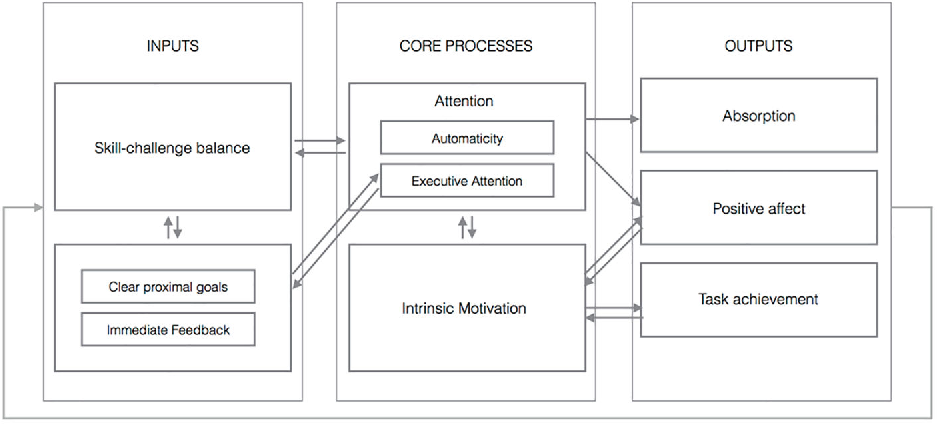

from www.semanticscholar.org
Greater Enjoyment
Flow states can produce rewarding feelings that help activities feel more enjoyable on a neurological level. When rewarding feelings increase, enjoyment and fulfillment become possible.
- In a TED talk, Csikszentmihalyi discussed the results of his research, finding that when in flow, people feel more fulfilled.
- Research in neuroscience has found that flow states are correlated with an increase in the brain’s reward chemical, dopamine.
Your Brain on Flow
Neurologically speaking, when you experience a state of flow your lose the habitual experience of what it feels like to be you.
What does this mean, and how is it a positive thing?
Research shows when you’re in a flow state, your frontal cortex goes offline. This is the part of the brain responsible for the logical, orderly, habitual decision making.
While the frontal cortex is necessary for surviving the modern world, like remembering where we put our keys, it is also the place of habit formation, and the seat of the “inner critic”. This is the voice inside our head that tells you you’re stupid or bad for making mistakes, or that you’re not good enough to take certain risks.
When your frontal cortex momentarily goes offline, your habitual sense of time, space, and self are skewed. This results in:
- Self-consciousness dissipating
- The inner critic shuts up
- A richer experience of the present moment (less rheumentating on past experience or fantasizing about the future)
When your brain stops trying to fit experience into habitual frameworks new neural pathways have an opportunity to form. This results in:
- An influx of creative ideas.
- Feelings of openness and curiosity, connected to the brain’s dopamine reward circuit.
How to Induce Flow State
The recipe for dropping into a flow state involves a few key factors:
- You are personally/emotionally invested in the activity
- There is a clearly defined goal or direction to achieve
- Distractions are eliminated
- You have developed skills sufficient for fully participating in your activity
- Your skill level is in balance with the level of challenge. In other words, the challenge compels you to use all your skills to the best of your ability.
When the above factors occur at once your focus can be absorbed completely by the activity at hand. A profound sense of effortlessness and joy is possible–welcome to flow!
Tips for Getting into a Flow State
Now that you know what flow is, how it affects your brain and the necessary factors for getting into flow, let’s look at a few tips to help you find more flow in your life.
Make a go-to ‘Flow’ List
Take some distraction-free time to brainstorm by creating a written list. Start by making 3 columns.
In the first column list 1-3 activities you care about, that you’re good at, or want to get better at.
In the second column write down realistic goals for each.
In the third column jot down a few concrete actions, you will take to meet your goal.
Create a Container
Since the essence of the flow state is a total immersive focus, creating a distraction-free environment is key.
Turn on the “Do Not Disturb” function on your phone. Put away your laptop. Tell your friends and family you are taking some time alone. Containing your activity will help you drop into ‘the zone’.
Create a Ritual
Biologically speaking, creating a ritual around our activity can create what’s called a homeostatic function in the environment. This means that our mind and body respond automatically to cues we set up, making it so it takes less effort to sink into focused action.
Ritualizing your activity can be as simple as listening to the same song before an activity, lighting a candle, or incense. Sound, light, smell are all-powerful cues to your brain about what it can expect and prepare for.
Be a Beginner
Feeling uninspired or stuck? Trying something new can help you find an activity that brings you into a flow state. Already an expert? Try adding in more challenges. Take a yoga class, a tennis lesson, a pottery workshop. Keep in mind that you don’t have to be an expert to find your flow!
Cultivate Micro-flow Moments Throughout the Day
Finding your flow state does not require you to run a marathon or invest in a new sport.
Remember the simple equation: Sufficient skills + adequate challenge= flow.
Activities like crossword puzzles, coloring pages, reading, or even cooking a meal can be completely immersive and produce the enjoyment of flow.
Flow State: The Takeaway
Being in a state of flow has been shown to increase enjoyment, happiness, and deepen meaning in life. The flow state helps strengthen wellbeing and internal resources through dedicated practice, rewarding accomplishments, and increased confidence. Happy flowing!












